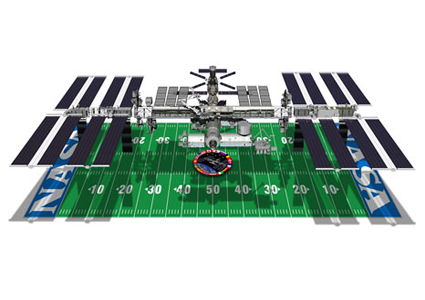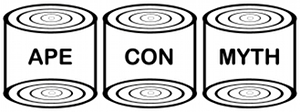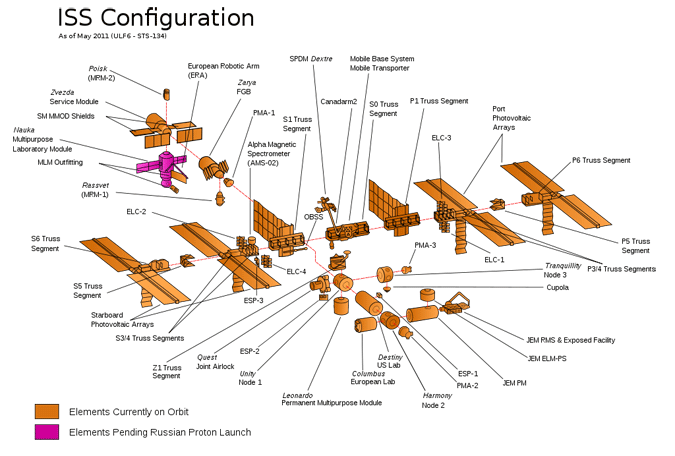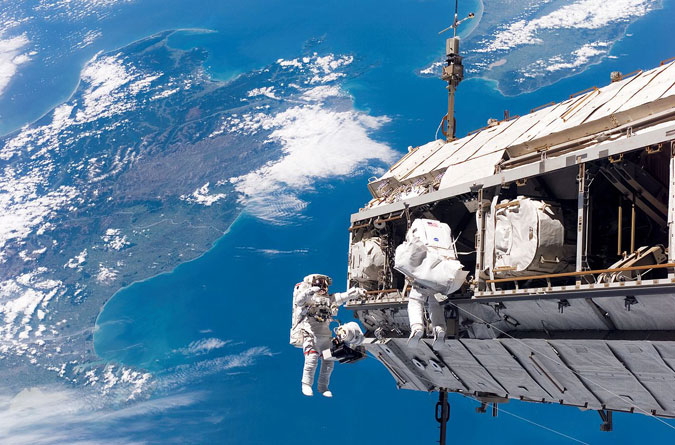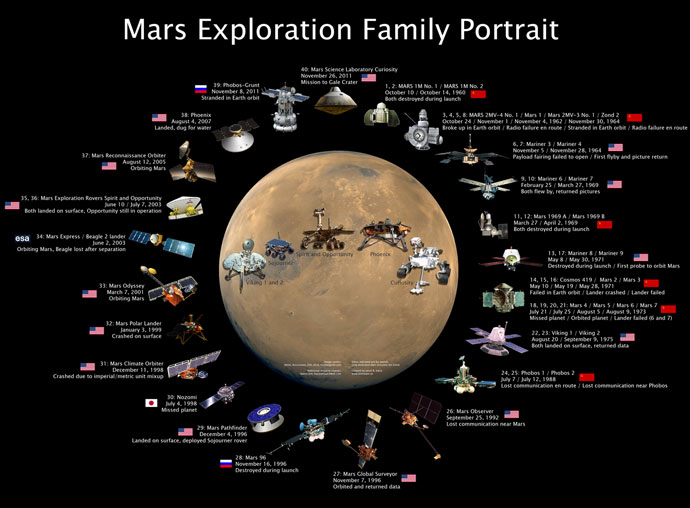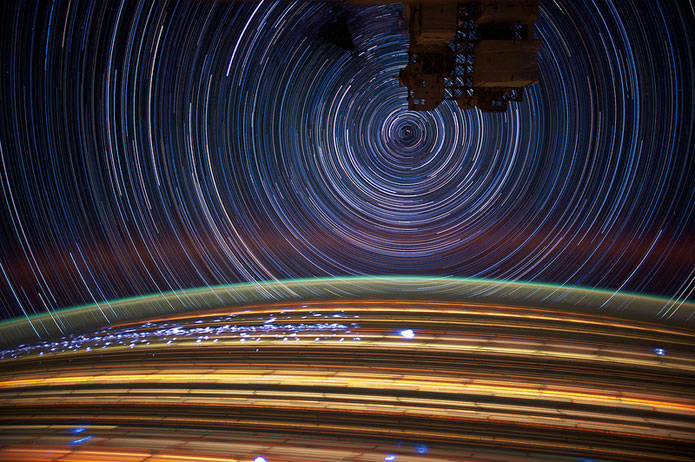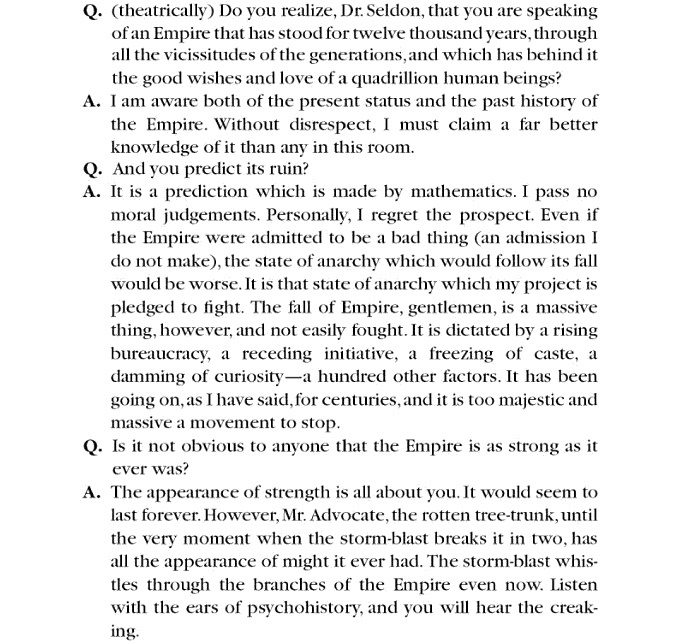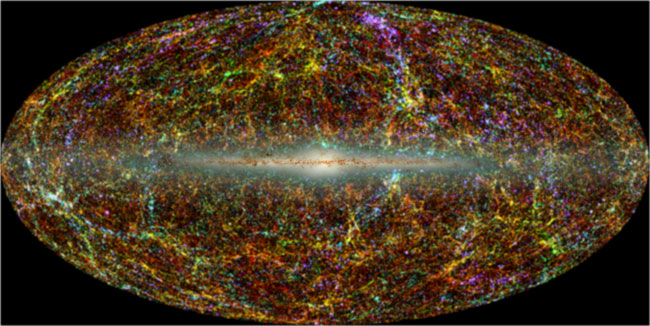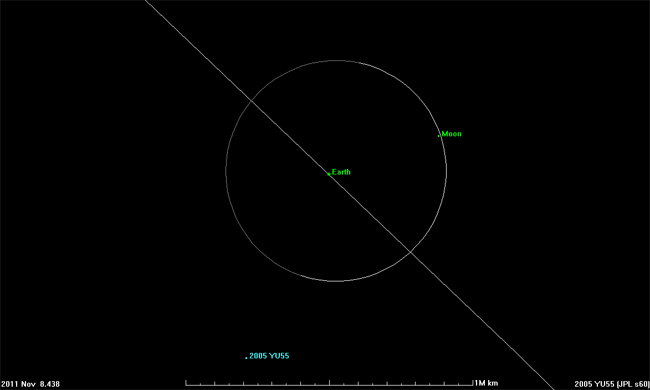In the movie Star Trek: First Contact, a character asks Captain Picard how much it cost to build the Enterprise, and he replies, “The economics of the future are somewhat different. You see, money doesn’t exist in the 24th century. The acquisition of wealth is no longer the driving force in our lives. We work to better ourselves, and the rest of humanity.†What do you think about that? – From Wired interview with Paul Krugman
What’s the goal of BuildTheEnterprise.org?

Exactly what you might hope…
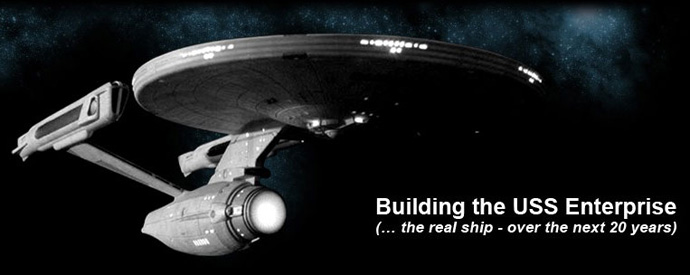
From the BTE site:
We have the technological reach to build the first generation of the spaceship known as the USS Enterprise – so let’s do it.
Now that’s the spirit. And based on early projections, it’s only going to cost about a trillion dollars, which at $50 billion a year is pretty much peanuts, particularly considering the scale of the project.
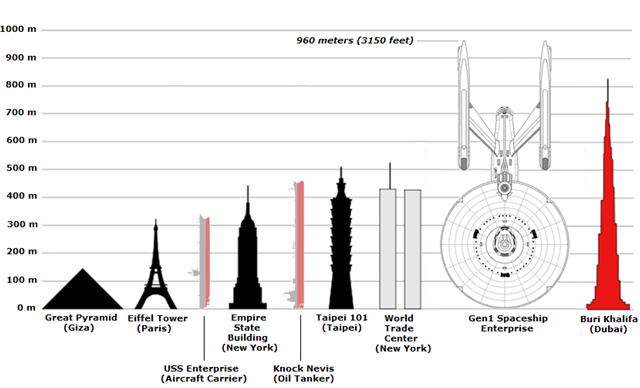
But this is not the first time someone has made such a chart.
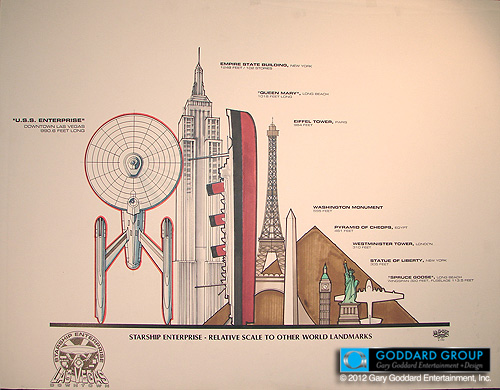
Back in 1992, developers were pushing to build a smaller version of the USS Enterprise as a tourist attraction in downtown Las Vegas, but the plan fell through when the studio got cold feet.
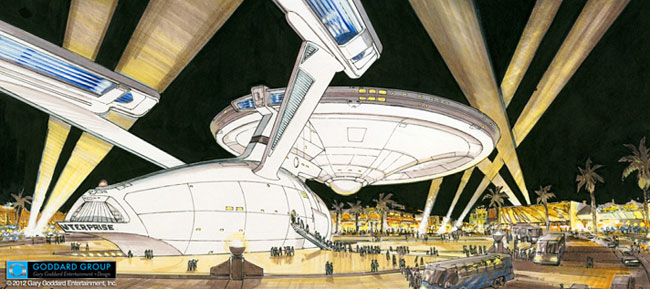
This time, however, the studio isn’t involved and the idea is to build it in space, not Nevada, for the purpose of boldly and literally going where no person has gone before.
This first generation Enterprise can have 1g artificial gravity and ample living space. It can be as comfortable to live in as being on earth. A thousand people can be on board at once – either as crew members or as adventurous visitors. While the ship will not travel at warp speed, it can travel at a constant acceleration such that the ship can easily get to key points of interest in our solar system.
What’s the plan?
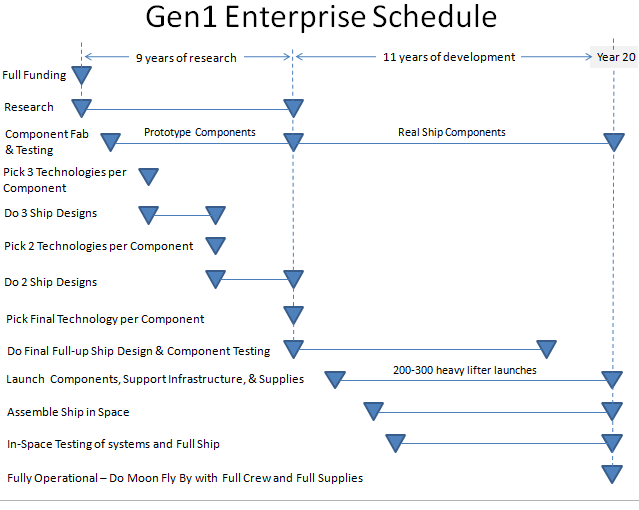
9 years for research, 11 years for development and then Mars is ours in 90 days. What do you think about that indeed.
While Krugman was not optimistic about the immediately-distant future, why wait three centuries to do something we could technically achieve in our lifetime? We can create jobs and free up some parking spots all in one go.
What else do you need to know? How can you help? You’ll find it all at BuildTheEnterprise.org.
[Thanks, Pete!, Vegas images from the
Goddard Group via
BoingBoing]
